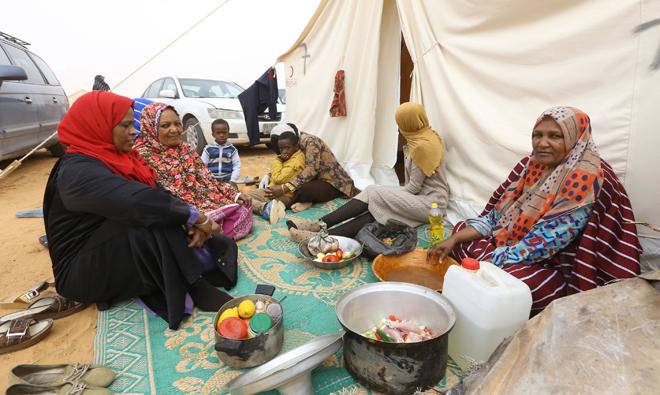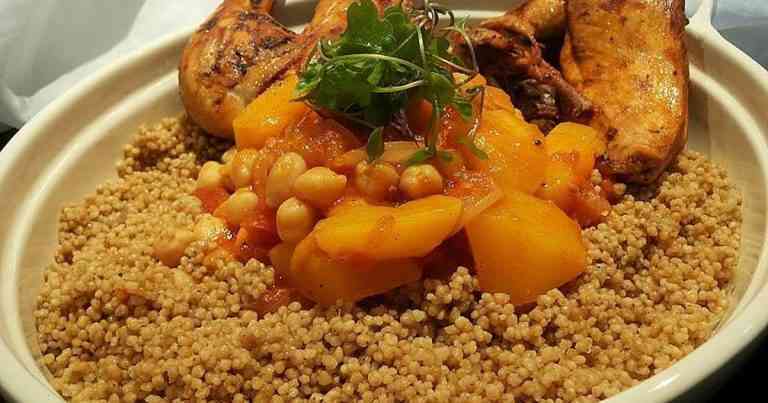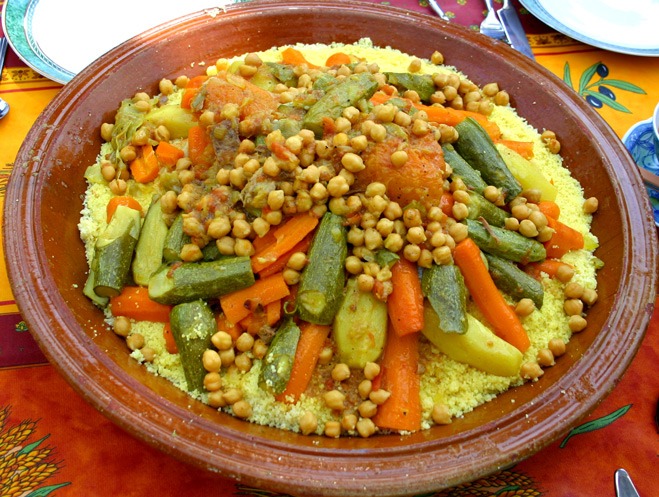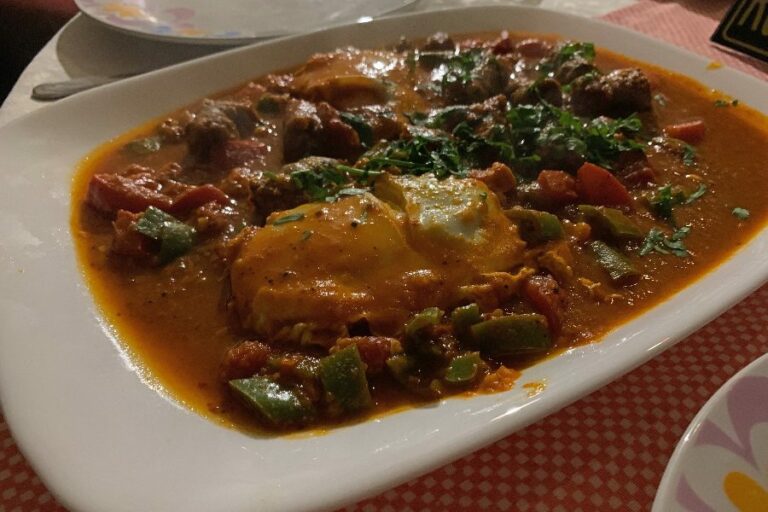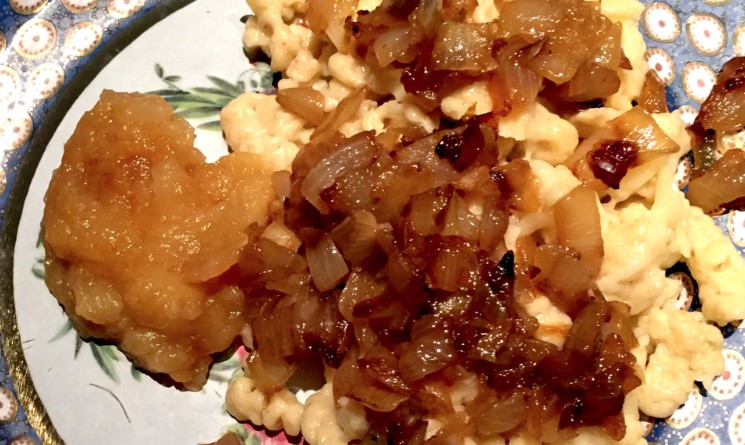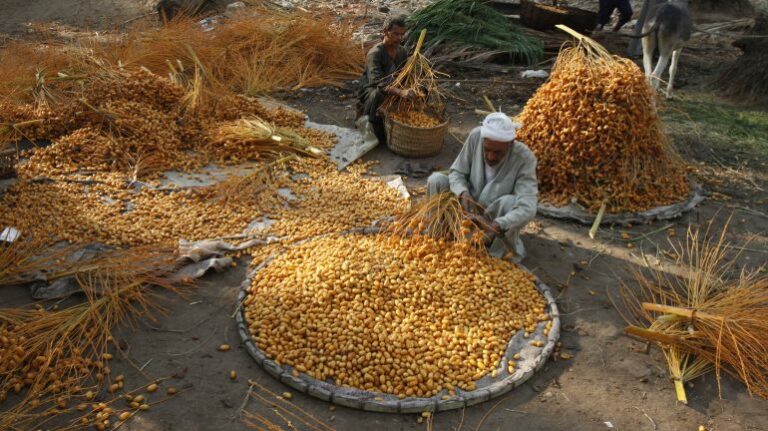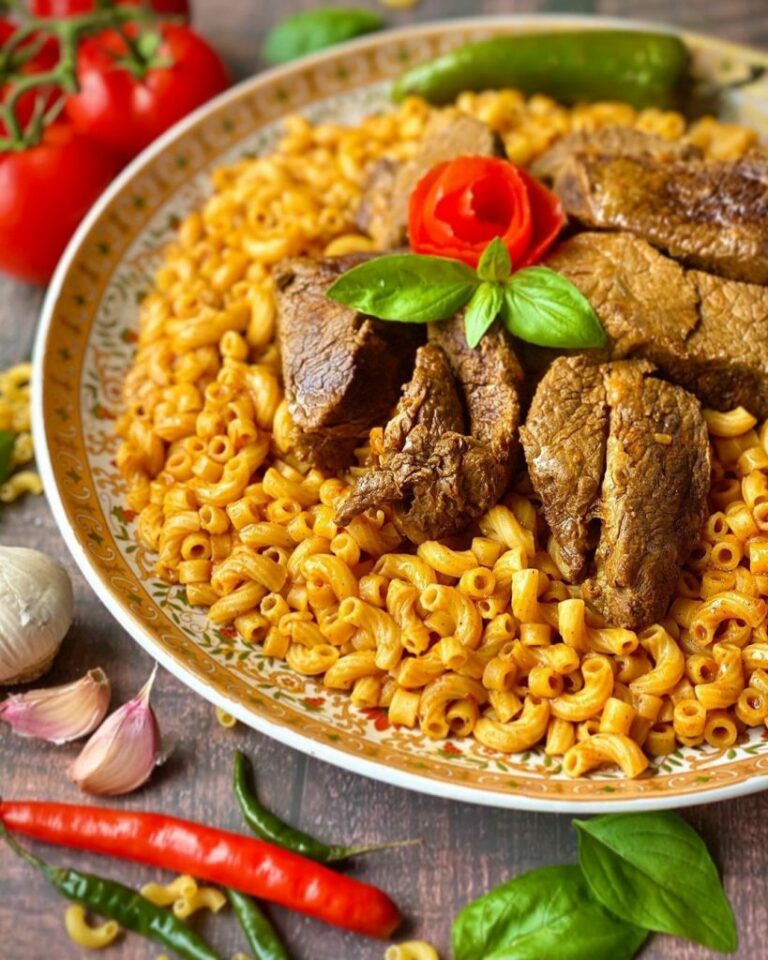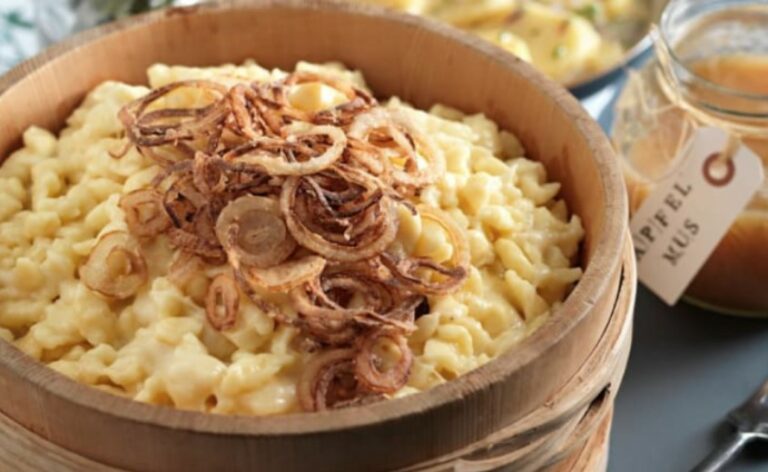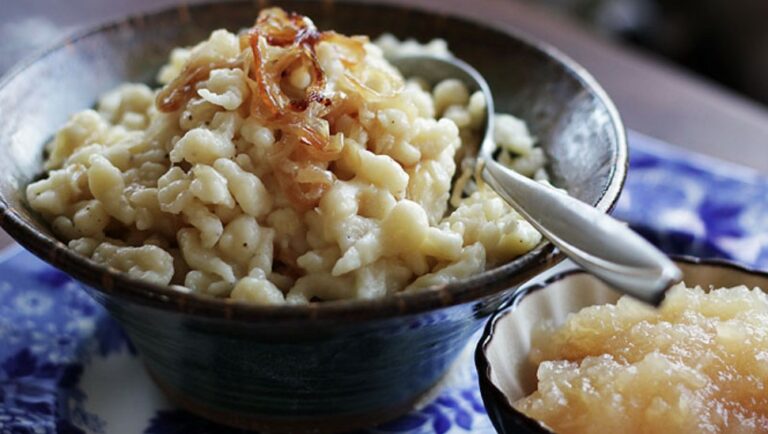Introduction: Cuisine and Culture in Libya
Cuisine is not only about the taste of food, but it also reflects the culture and history of a place. The Libyan cuisine is a perfect example of this fusion of history and flavor. Libyan cuisine has evolved over time, influenced by the various civilizations that have ruled the country, including Berber, Arab, Ottoman, and Italian. Today, Libyan cuisine is a unique blend of these various influences that makes it a unique and delicious culinary experience.
The Berber Influence in Libyan Cuisine
The Berber people were the first inhabitants of Libya and have played a significant role in the country’s history and culture. The Berber influence in Libyan cuisine can be seen in dishes like couscous, which is a staple food in Libya. Couscous is usually served with stew made of lamb, chicken, or vegetables, and it is a Berber invention that has spread throughout North Africa. Another Berber-inspired dish is Shakshuka, a dish that originated in Tunisia but is also popular in Libya. Shakshuka is made of eggs, tomatoes, onions, and spices, and it is usually served for breakfast.
The Arab Influence in Libyan Cuisine
The Arab influence in Libyan cuisine can be seen in dishes like Bazeen, a traditional Libyan dish made of flour and water, which is similar to Arabic bread. It is usually served with a meat or vegetable stew. Another Arab-inspired dish is Fattoush, a salad made of tomatoes, cucumbers, onions, parsley, and mint, mixed with pieces of toasted bread and a dressing of olive oil and lemon juice.
The Ottoman Influence in Libyan Cuisine
The Ottoman Empire ruled Libya for almost 300 years, and their influence can be seen in Libyan cuisine. One of the most famous Ottoman-inspired dishes is Harisa, a spicy porridge made of wheat, lamb or chicken, and chili paste. Harisa is usually served during Ramadan and other special occasions. Another Ottoman-inspired dish is Pacha, a soup made of sheep’s head, feet, and stomach, which is also served during special occasions.
The Italian Influence in Libyan Cuisine
Italy ruled Libya for 30 years, and their influence can be seen in Libyan cuisine, especially in the coastal cities. One of the most famous Italian-inspired dishes is Pasta with meatballs, which is usually served with tomato sauce and cheese. Another Italian-inspired dish is Sfinz, a type of donut that is usually eaten for breakfast.
Conclusion: A Blend of History and Flavor in Libyan Cuisine
The Libyan cuisine is a perfect example of how food can reflect the culture and history of a place. The various influences from Berber, Arab, Ottoman, and Italian civilizations have contributed to the unique and delicious flavors of Libyan cuisine. The next time you visit Libya, make sure to try some of these dishes and experience the fusion of history and flavor that is Libyan cuisine.

